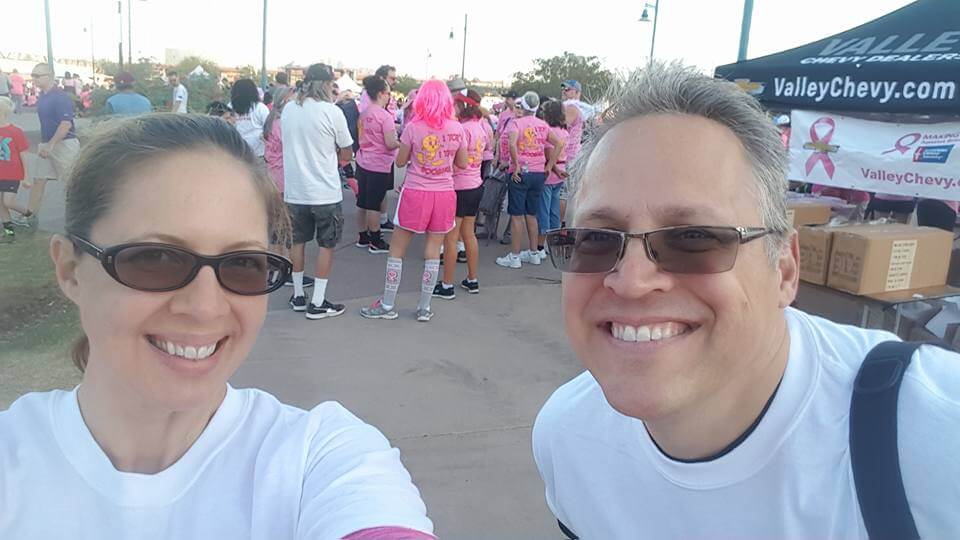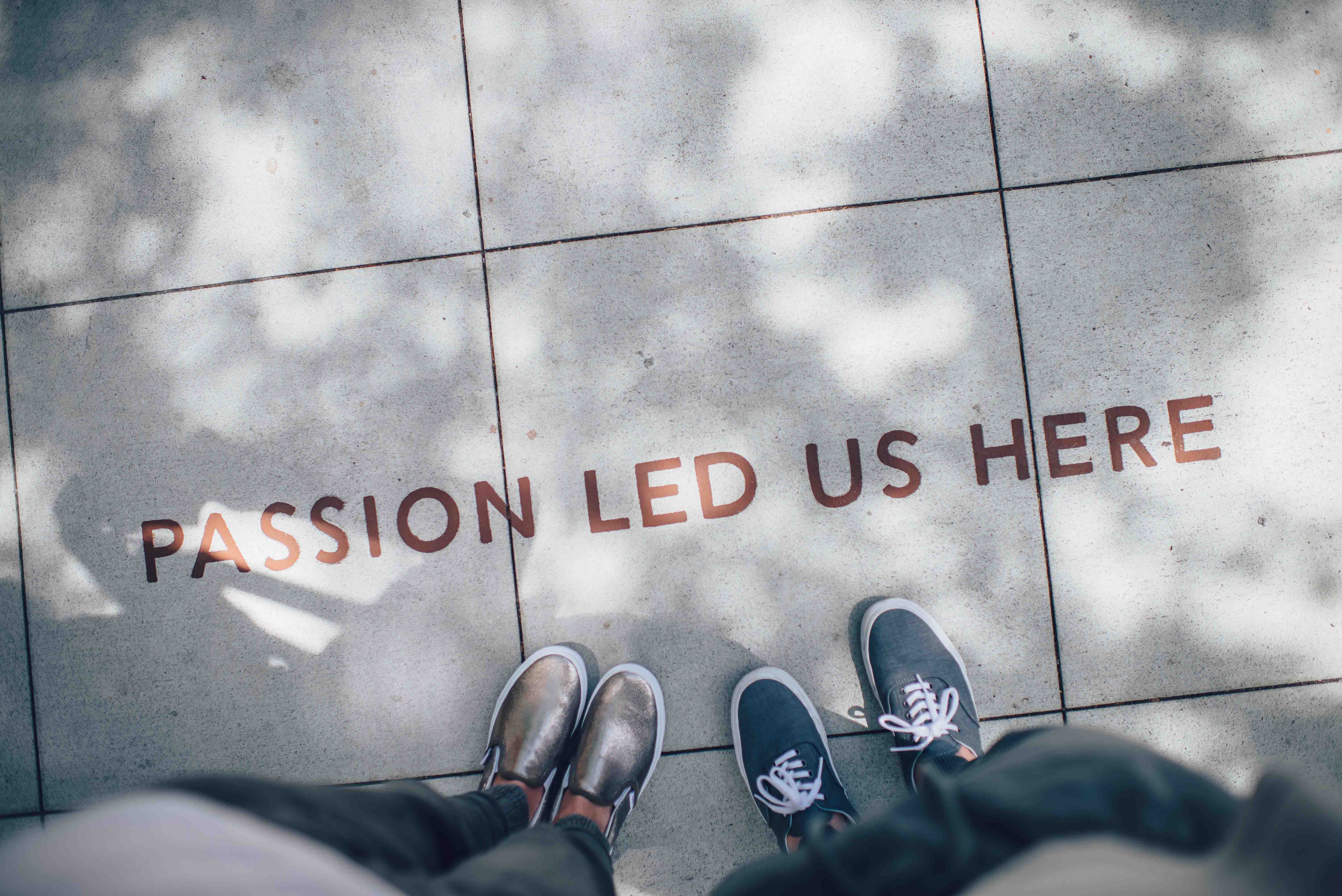Part 2 of 3: Nutrition
The second most important thing you can do for physical energy is to feed your body the right nutrients. I am not a nutritionist or doctor, but I have researched and applied these concepts to feel healthier, be more energized, to lose 50 pounds and to beat diabetes. A recent study found 70% – 90% of cancers are caused by lifestyle – diet, smoking, alcohol and weight. This highlights how important it is to feed and treat your body right. It can be difficult to eat the right foods that provide your needed nutrients. One of the simplest things you can do to overcome nutritional deficiencies is to take vitamins. There are many good resources out there on nutrition, but here is what I take on a daily basis and why:
- General: Multivitamin, Vitamin C
- Joints: SAM-E (also helps with mood)
- Brain Health: Omega 3 and Ginko Biloba – Omega 3 is linked to the reduction, of all causes of death, by 20% (Study links omega-3s to reduced mortality)
- Heart Health: CoQ10
- Blood Sugar: Cinnamon
- Liver Health: Milk thistle and coffee
- Anti-Aging / Anti-Cancer: Reservatol and Tumeric
- Energy: Ginseng
- Calmness: L-Thenine (the good part of green tea)
As scientists begin to understand the chemical computers that run our bodies (by decoding DNA), I am sure we will find many other wonderful things that are good for us. There are already things we can learn from the longest-lived humans. Blue Zones are the five regions in the world that have the highest concentration of centurions and are largely free of diseases, such as heart disease, obesity, cancer and diabetes (Eating to Break 100: Longevity Diet Tips From the Blue Zones). What can we learn from them? Besides behaviors like involvement in healthy social circles, de-stressing and being family focused, they eat differently. The Blue Zones Solution, written by Dan Buettner, found the world’s longest lived people practice the following eating habits:
- Stop eating when you are 80% full, to avoid weight gain.
- Eat the smallest meal of the day in the late afternoon or evening.
- Eat a mostly plant based diet.
- Beans are a staple.
- Meat is an occasional food (5 times a month).
- Drink alcohol moderately and regularly, i.e. 1 to 2 glasses a day. You have to like this recommendation!!
- Eat nuts as a snack.
Understanding how energy works in our bodies is key (How our bodies turn food into energy). Our bodies convert the carbohydrates in the food we eat into glucose that goes into the blood stream and is delivered to the cells of our body. When we have extra glucose in the blood stream, the pancreas creates insulin that tells cells to store the energy for later. When people are diabetic, either insulin production slows or cells become insulin resistant. This leaves unneeded glucose in the blood stream, which the body tries to eject through the kidneys. When that doesn’t work, the excess glucose starts to damage the body. The complications of diabetes are severe, including blindness, nerve damage, kidney disease, high blood pressure, stroke and even loss of limbs (due to loss of blood flow).
The film Fed Up documents the obesity and diabetic epidemic in the U.S. and their causes. American foods contain a lot of high glycemic sweeteners, like sugar and corn syrup. Nutrition labels don’t have a recommended daily consumption amount for sugar. This is unfortunate, because food manufacturers load processed foods with sugar and salt. In 2018, nutrition labels will begin to list percentages for sugar (FDA redesigned food labels feature bigger type, new sugar info). Diet drinks with artificial sweeteners are not much better. Diet drinks actually have been shown to increase weight gain and confuse the body’s system that regulates glucose.
So what is the best way to avoid diabetes? Doctors are questioning whether adding insulin is the best way to treat diabetes, because it makes your body store more energy, which increases weight and insulin resistance. Doctors are now recommending weight loss surgery, instead of drugs, to treat type 2 diabetes (Why Doctors for Diabetics Now Recommend Surgery Instead of Drugs). You can avoid all of this by simply eating differently. Reduce foods that convert into glucose quickly and, instead, eat low glycemic foods. The glycemic index is a measure of how fast different foods turn into glucose in your blood stream. Foods like sugar, white flour, white rice and potatoes all have high glycemic indexes. An index of 100 is equivalent to consuming glucose directly. The other thing to look at is the glycemic load of foods – i.e. how much energy is in the food you are eating. Watermelon, for instance, is high glycemic (72), but has a low glycemic load (5% carbohydrates by weight). Google has made it easy to look up the glycemic index of any food. The goal is to try to keep a constant level of energy and avoid spikes that cause insulin production to kick in.
One thing I have learned from years of dieting, and finally getting to a weight I want, is that dieting doesn’t work. Eating healthy isn’t a treatment that you do for 3 months. It is key to change your eating habits and reframe how you eat in order to feel healthy. When you notice you feel physically bad after every meal, you are probably not feeding your body correctly. Adding things you like and that are good for you is the trick. The goal is to add so many good things that you eventually crowd out the bad things. Making a bunch of small sustainable changes is what will really improve your health. Here are some of the things that worked for me.
- Cut out high glycemic index foods
- Don’t drink your calories
- Eat more fruit and vegetables
- Avoid pre-packaged food
- Snacks – nuts, apples, reduced fat string cheese, triple zero yogurt
- Default Breakfast – unsweetened oatmeal with blueberries
- Use smaller plates to eat less and tall thin glasses to drink less
- Take time to enjoy your meals
- Plenty of protein for muscle growth
- Always have a cup with ice water on hand
Nutrition doesn’t have to be difficult or self-denying. Make many small changes and they will add up to big results. You will feel better and be more energized.
Written by Guy Bieber
Inspire – Be Inspired – Create Amazing Experiences
When you need The Guy: @theguybieber theguybieber@karmas.co bookings@thepotentialbook.com
Preorder Potential today at: https://www.thepotentialbook.com/preorder/











Recent Comments